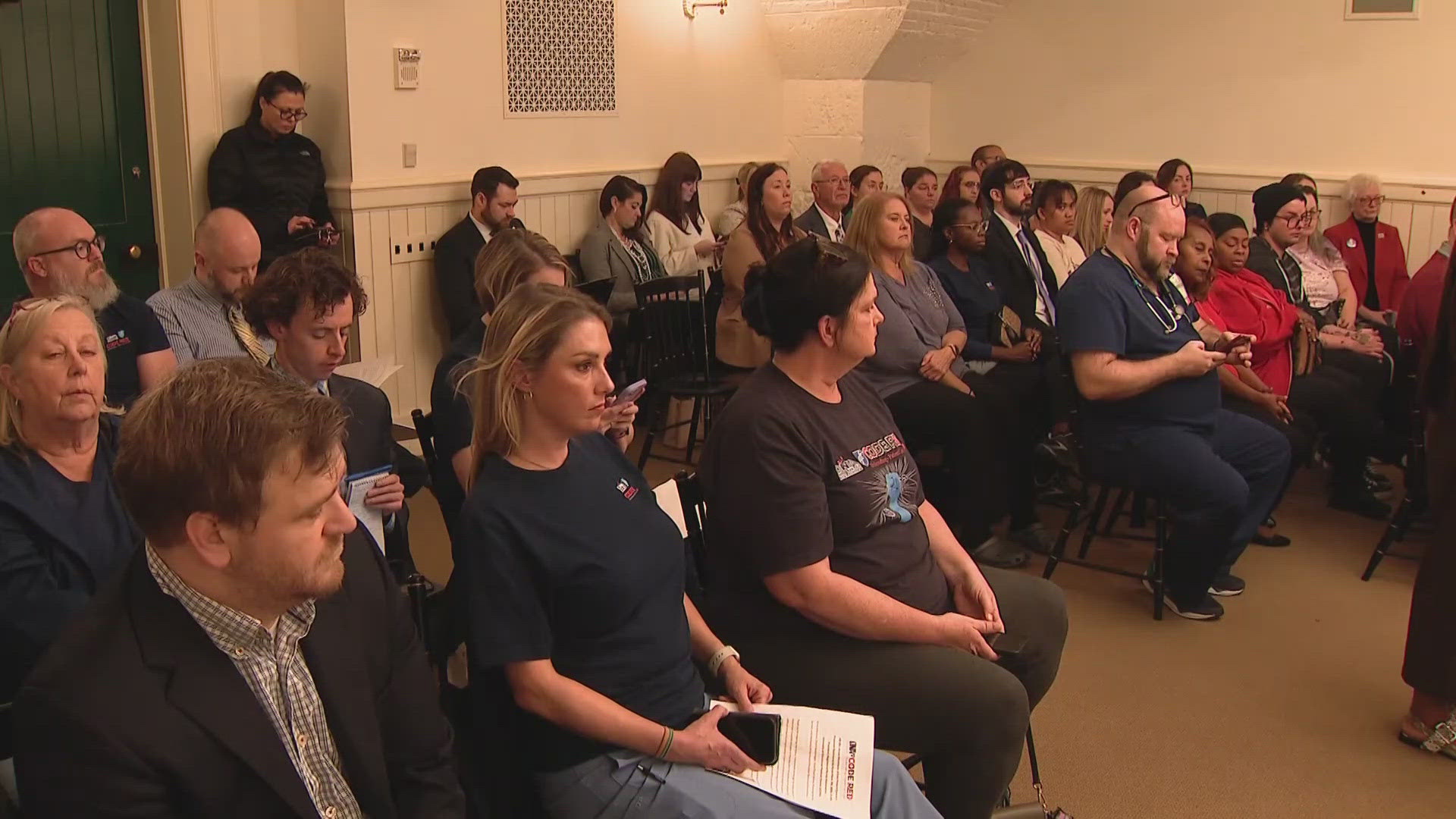COLUMBUS, Ohio — State Sen. Teresa Fedor, D-Toledo, has introduced legislation to lower the income thresholds for claiming unemployment. The shift would make it easier for part-time and underemployed workers to receive benefits if they lose their jobs.
Under current law, workers must make almost $6,000 and be employed for at least 20 weeks out of the year to claim benefits. Fedor’s proposal, SB 355, would reduce that threshold to just $1,500 while maintaining the 20-week employment requirement.
It’s a dramatic reduction, but Fedor argues it really brings Ohio into the mainstream.
“Ohio’s unemployment system is out of step with the rest of the nation,” Fedor said in a press release. “Modifying how much we require jobless workers to earn to qualify for these benefits will bring us in line with many other states.”
Michael Shields of Policy Matters Ohio explained the state would go from about the third most restrictive system in the country to something like the 10th-14th least restrictive. That change would have a substantial impact on the Ohio’s workforce.
“There are about 460,000 Ohioans who are working right now who would not qualify for jobless benefits if they were to be laid off who would then become qualified under this bill,” Shields said.
Because benefits are a function of how much a worker made in their previous job, Shields also said the fiscal impact would be relatively light.
“The average cost to the system could climb by as much as 4%, we think, based on the number of additional people who would be qualified and based on what they’re typically paid,” Shields said.
Greg Lawson from the conservative minded Buckeye Institute, acknowledges there’s some truth to the idea that low wage workers have a lower impact on the system. Still, he worries about the volume of potential new claimants. Lawson argued the state unemployment trust fund is already underfunded, and with more demands on those dollars, something’s got to give.
“It’s going to either drain it faster, or it’s going to be a significant increase in the tax rate that’s going to have to fund into the account,” Lawson said. “Both of those are negative potential outcomes here so we have some real concerns.”
Employers pay taxes on the first $9,000 their employees earn to fund the unemployment system, and after the state has been forced to borrow from the federal government to pay benefits during economic downturns, there’s some recognition that $9,000 might not be enough. But Lawson explained the business community will likely want to see new limits on benefits in exchange.
“I think you’ve got a situation where nobody wants to unilaterally give in everything and not feel like they’re getting something on the other side,” Lawson said, “because if you just increase the rate but you don’t modify the benefits you may not actually be solving the problem either.”
Shields agrees Ohio needs to address unemployment insolvency, but he rejected the idea that fixing long-term funding and extending coverage to lower paid workers needs to be woven into a grand bargain.
“We have been underfunding this system for a long time already,” he said, “and the solution is not to continue to exclude the poorest workers.”



